Description
Levozin 250
1 tab.
levofloxacin (in the form of the gemigidrat)
250 mg
Levozin 500
1 tab.
levofloxacin (in the form of the gemigidrat)
500 mg
.
Levozin 750
1 tab.
levofloxacin (in the form of the gemigidrat)
750 mg
Kliniko-pharmakologichesky group: Antibacterial drug of group ftorkhinolonovpharmakologichesky action
Antimicrobial drug from group of ftorkhinolon. Possesses a wide range of antimicrobial action. The bactericidal effect is shown at the expense of DNA synthesis inhibition.
Drug is active concerning the majority of gram-positive aerobic microorganisms: Enterococcus faecalis (many strains are only moderately sensitive), Staphylococcus aureus (Methicillinum – sensitive strains), Staphylococcus epidermidis (Methicillinum – sensitive strains), Staphylococcus saprophyticus, Streptococcus pneumoniae (including penicillin – resistant strains), Streptococcus pyogenes, gram-negative aerobic microorganisms: Enterobacter cloacae, Escherichia coli, Haemophilus influenzae, Haemophilus parainfluenzae, Klebsiella pneumoniae, Legionella pneumophila, Moraxella catarrhalis, Proteus mirabilis, Pseudomonas aeruginosa, Serratia marcescens, concerning other microorganisms: Chlamydia pneumoniae, Mycoplasma pneumoniae.
During treatment levofloksatsiny (as well as other ftorkhinolona) at some strains of Pseudomonas aeruginosa the stability can develop pretty fast.
Levofloxacin is active concerning the bacteria resistant to action of other antibiotics (aminoglycosides, macroleads and beta lactams). The resistance to a levofloksatsin owing to natural mutations of in vitro is an exceptional case (ranging from 10-9 till 10-10).
Though cross stability was observed between levofloksatsiny and other ftorkhinolona, some microorganisms resistant to other ftorkhinolonovy drugs can be sensitive to a levofloksatsin.
The pharmacokinetics
Absorption
After intake levofloxacin is quickly and almost completely soaked up from a GIT. Cmax in blood plasma is reached in 1-2 h.
The absolute bioavailability at intake is about 99%.
Distribution
Linking with proteins makes 24-38%. Drug is well distributed in body tissues. In pulmonary fabric the concentration exceeds concentration in plasma by 2-5 times.
Metabolism
Levofloxacin is exposed to limited metabolism.
Removal
of T1/2 of a levofloksatsin averages 6-8 h. After intake about 87% of the accepted dose it is removed with urine in not changed look during 48 h. Less than 5% of the accepted dose are removed with urine in the form of the metabolites which do not have pharmacological activity.
Indications
Treatment of the infectious and inflammatory diseases caused by sensitive microorganisms:
— acute sinusitis
— exacerbation of chronic bronchitis
— community-acquired pneumonia
— intrahospital pneumonia
— the complicated and uncomplicated infections of skin and hypodermic fatty tissue
— chronic prostatitis
— the complicated and uncomplicated infections of urinary tract
— acute pyelonephritis.
The dosing mode
Drug is appointed inside. Doses for adults are specified in the table.
An infection
the Dose
the Frequency (times/days)
treatment Duration * (days)
Community-acquired pneumonia
of 500 mg
of 1
7-10 days
Community-acquired pneumonia
of 750 mg
of 1
5 days
Intrahospital pneumonia
of 750 mg
of 1
7-10 days
the Complicated infections of skin and soft tissues
of 750 mg
of 1
7-10 days
Aggravation of the hronicheskogobronkhit
of 500 mg
of 1
7 days
Acute sinusitis
of 500 mg
of 1
7-10 days
Uncomplicated infections of skin and hypodermic fatty tissue
of 500 mg
of 1
7-10 days
Chronic prostatitis
of 500 mg
of 1
10 days
the Complicated infections of urinary tract
of 250 mg
of 1
10 days
Acute pyelonephritis
of 250 mg
of 1
10 days
Uncomplicated infections of urinary tract
of 250 mg
of 1
3 day
is possible performing step therapy which efficiency was noted only in the infections caused penicillin – sensitive microorganisms of Streptococcus pneumoniae, Haemophilius injluenzae, Mycoplasma pneumoniae and Chlamydia pneumoniae.
A pill should be taken entirely, without chewing, washing down with a large amount of water. Levozin it is possible to accept irrespective of meal.
In renal failures (KK from 20 to 49 ml/min.) an initial dose – 500 mg/days, the subsequent doses – 250 mg/days, at KK & lt, 20 ml/min. an initial dose – 500 mg, the subsequent doses – 250 mg / 48 h.
To patients with pyelonephritis and other complicated infections of an urinary system drug appoint in an initial dose 250 mg, the subsequent doses – 250 mg / 48 h. Side effect
from digestive system: nausea, diarrhea, loss of appetite, vomiting, an abdominal pain, digestion disturbances, increase in level of bilirubin in blood serum, hepatitis.
From central nervous system: headache, dizziness, drowsiness, sleep disorder, concern, condition of fear, hallucination, depression.
From sense bodys: disorder of vision, hearing, flavoring sensitivity and sense of smell.
From a musculoskeletal system: damage of sinews, articulate and muscular pains, rupture of an Achilles tendon, muscle weakness, rhabdomyolysis.
From an urinary system: increase in level of creatinine in blood serum.
From the system of a hemopoiesis: eosinophilia, leukopenia, neutropenia, thrombocytopenia, profound agranulocytosis, hemolytic anemia, pancytopenia.
Allergic reactions: skin itching, erubescence, anaphylactic and anaphylactoid reactions, shock, Stephens-Johnson’s syndrome, toxic epidermal necrolysis, exudative mnogoformny erythema.
Dermatological reactions: photosensitization.
Contraindications
— epilepsy
— pregnancy
— the lactation period
— children’s and teenage age up to 18 years
— hypersensitivity to a lomefloksatsin, derivatives of a hinolon and other components
of the drug Use at pregnancy and feeding by a breast
Drug is contraindicated to use at pregnancy and in the period of a lactation (breastfeeding).
Use in renal failures
At KK from 20 to 49 ml/min. of N an achalny dose – 500 mg/days, the subsequent doses – 250 mg/days, at KK & lt, 20 ml/min. of N an achalny dose – 500 mg, the subsequent doses – 250 mg / 48 h.
Patients with pyelonephritis and other complicated infections of an urinary system appoint drug in N to an achalny dose of 250 mg, the subsequent doses – 250 mg / 48 h.
Special instructions
At the patients accepting hinolona are possible ruptures of sinews of a shoulder, hands, an Achilles tendon or other sinews that demands the traumatologic help and results in long disability. The risk of a rupture of sinews increases at the patients who are at the same time accepting corticosteroids, especially at elderly. Levozin’s reception should be stopped in pains, inflammation or a rupture of a sinew. Drug treatment should not be resumed to a complete elimination of a tendinitis or a rupture of a sinew.
Pseudomembranous colitis is observed at use of almost all antibacterial agents and can vary on weight of a course from easy degree to life-threatening states. Therefore in diarrhea against the background of treatment by antibacterial drugs it is necessary to exclude pseudomembranous colitis. Treatment by antibacterial drugs changes flora of a large intestine and can lead to excessively rapid growth of clostridiums. The toxin produced by Clostridium difficile is primary reason of pseudomembranous colitis. If pseudomembranous colitis is diagnosed, then it is necessary to begin the corresponding therapy. At an easy course of pseudomembranous colitis there is usually enough drug withdrawal. At moderate and heavy degree it is necessary to appoint solutions for infusions and electrolytes, proteins and antibacterial drug effective in the colitis caused by Clostridium difficile.
At the patients receiving hinolonovy drugs, including levofloxacin, spasms and toxic psychoses were noted. As well as other hinolonovy drugs, levofloxacin should be applied with care at patients with suspicion or the established central nervous system diseases, with other risk factors of developing spasms or reduction of the threshold of convulsive readiness (for example, in cerebral arteriosclerosis, in epilepsy, against the background of treatment by theophylline, in a renal failure).
With care patients should appoint drug with deficit glyukozo-6-fosfatdegidrogenazy in view of development of hemolytic reactions during treatment by hinolonovy drugs.
In order to avoid development of a photosensitization by the patient it is recommended not to be exposed to power solar or artificial ultra-violet irradiation. At emergence of a photosensitization the treatment should be suspended.
With normal function of kidneys of dose adjustment it is not required from patients of advanced age.
Influence on ability to driving of motor transport and to control of mechanisms
of Patients should be informed on the danger connected with control of automobiles, service of the mechanical equipment and other potentially dangerous types of activity.
Overdose
Symptoms: confusion of consciousness, dizziness, disturbances of consciousness and attacks of spasms, nausea, damage of mucous membranes.
Treatment: performing symptomatic therapy. There is no specific antidote. The hemodialysis or peritoneal dialysis are inefficient.
To develop
Additional information
| Ingredient |
|---|





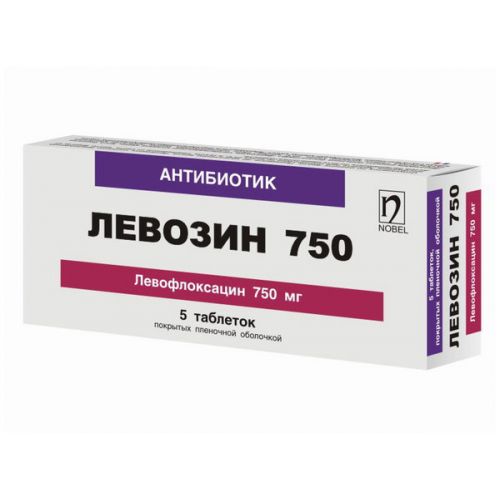
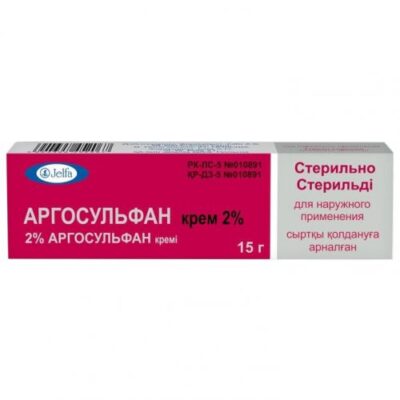
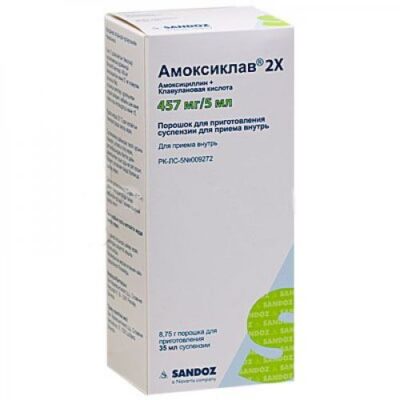
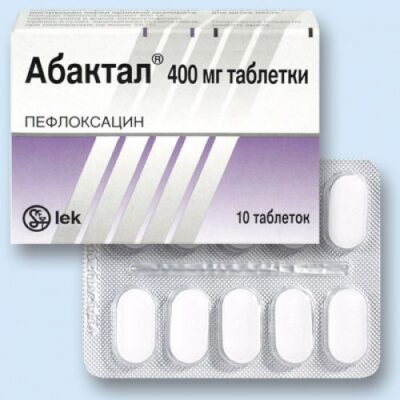
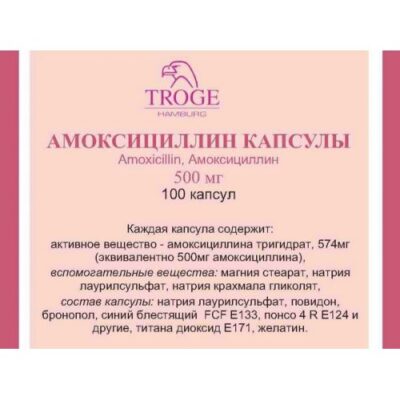
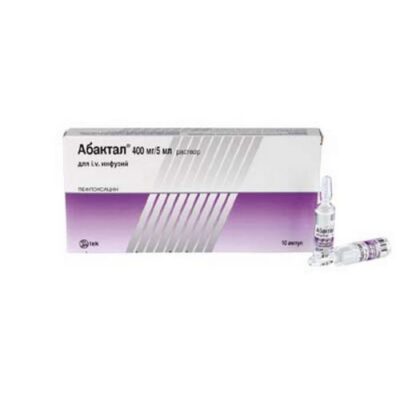
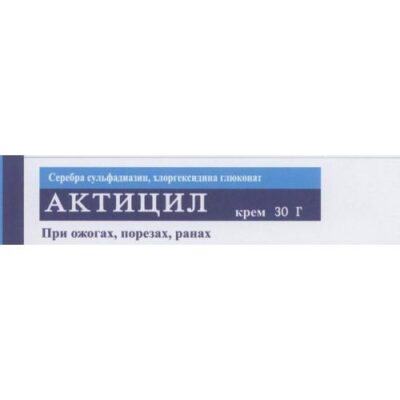
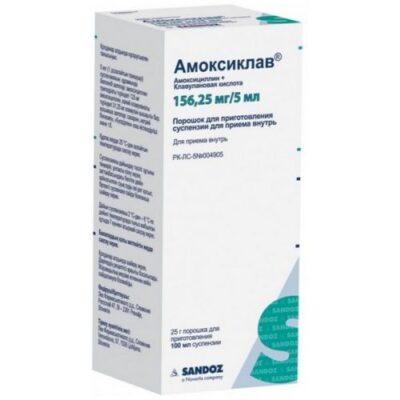
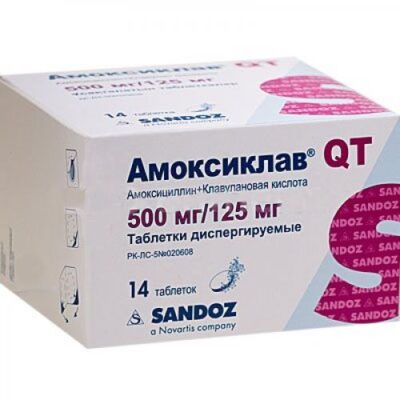
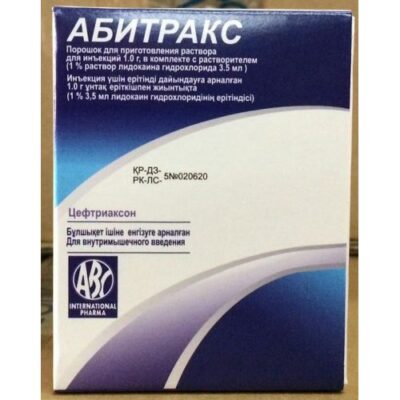
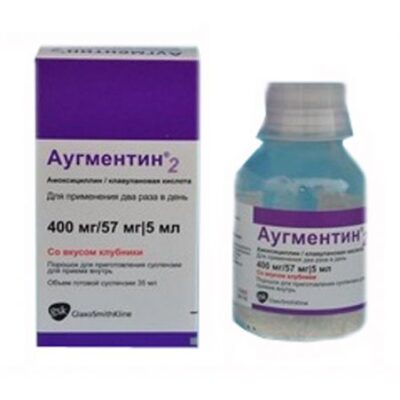






Reviews
There are no reviews yet.